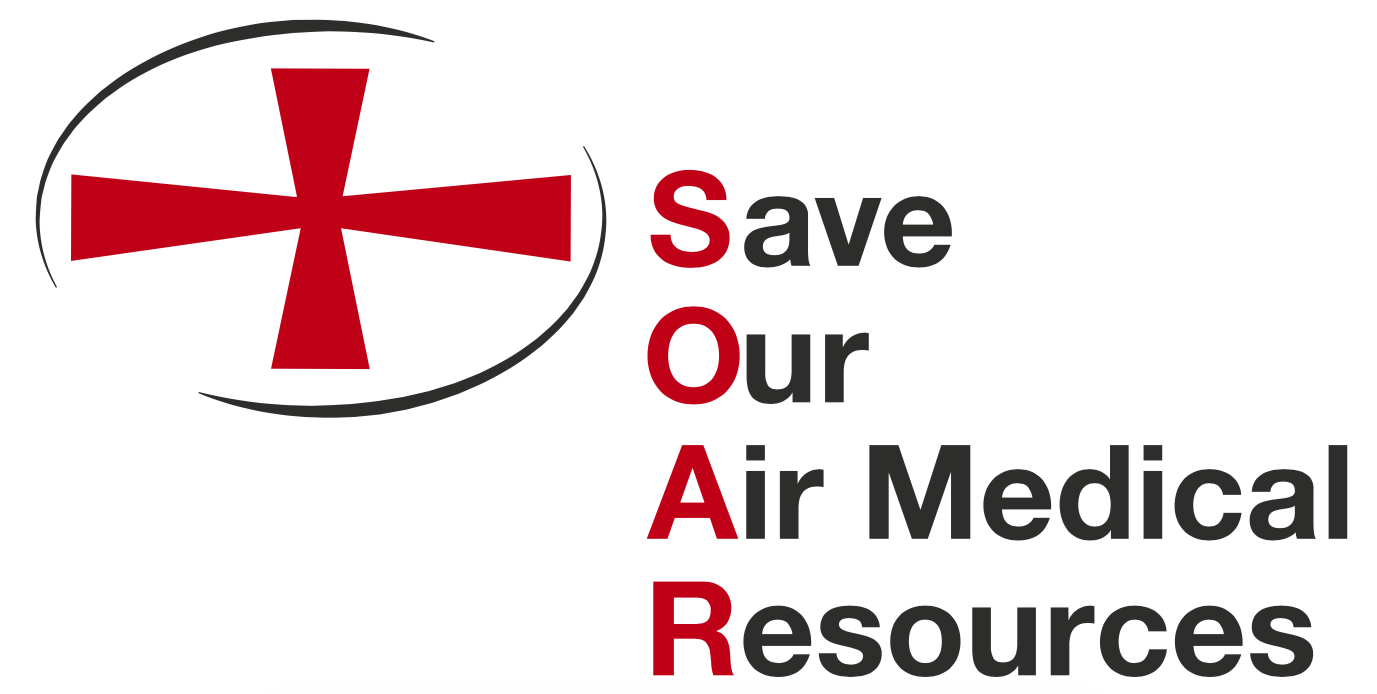Now more than ever, air ambulances are a critical component of the rural health care landscape. Inflation, rising medical costs, COVID-19, and workforce challenges have left rural hospitals on the brink, forcing many to close. According to a recent report from the American Hospital Association, more than 136 rural hospitals have closed since 2010.
In these communities where health care access is limited, air ambulances fill the gaps traveling faster and covering more distance than ground ambulances, while providing life-saving care on board, which vastly improves patient outcomes after experiencing a heart attack, stroke, or another life-threatening emergency. For millions of Americans living in communities without a nearby hospital, air ambulances not only provide lifesaving care but peace of mind.
Despite their importance in keeping rural America safe, air ambulances are in grave danger. For years, the air medical industry has been plagued by inadequate reimbursement by Medicare, Medicaid, and other forms of government health insurance. On average, Medicare covers less than 50 percent of the costs associated with transporting a patient. This rate is determined by the air ambulance fee schedule which was established in 2002 by the Centers for Medicare and Medicaid Services (CMS), using data from a 1998 cost pool. The rate has not been re-assessed in 24 years and does not reflect the current cost of air medical transport. Since Medicare beneficiaries account for nearly 40 percent of all air medical transports, the industry is stretched thin and facing significant financial challenges.
On top of dramatically low reimbursement from government payors, the U.S. Department of Veterans Affairs (VA) recently announced that effective February 2024, the VA will align its reimbursement rate with the Medicare rate which, as stated, is far below the actual cost of providing air transport. This will result in a significant cut to the reimbursement rate for Veteran’s emergency air medical services.
Air ambulance providers want to continue providing care, but with the continued downward financial pressures from government payors, it is becoming increasingly difficult to keep bases open. Air medical bases are being forced to close, leaving rural communities without access to nearby medical care.
That’s why SOAR is asking for a few things in order to preserve air ambulance service for Veterans, seniors, and rural Americans.
CMS must utilize transport cost data to update the air ambulance fee schedule – a long overdue change that will preserve access to lifesaving air medical for Veterans and rural residents. Under the No Surprises Act, CMS is required to collect this comprehensive cost data from air medical providers, something the industry is more than willing to provide. This data will be incredibly helpful in modernizing reimbursement rates to reflect the true cost of providing service.
The VA must reconsider its decision and delay cuts until CMS updates its rates. The issue of Medicare and VA reimbursement are inextricably tied to one another and proceeding with the cuts before another federal agency has time to do its job would be the height of government disfunction.
If you are interested in preserving access to air medical services, please reach out to media@soarcampaign.com.

